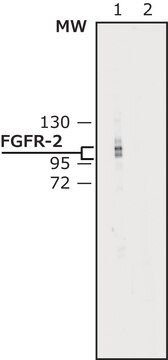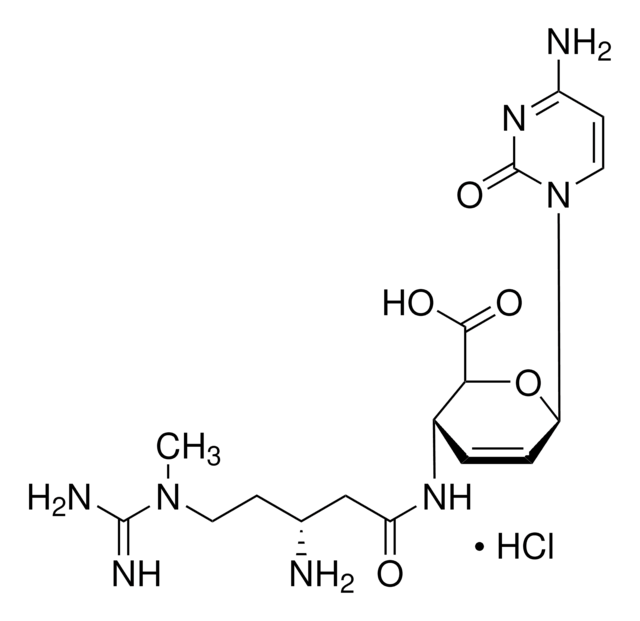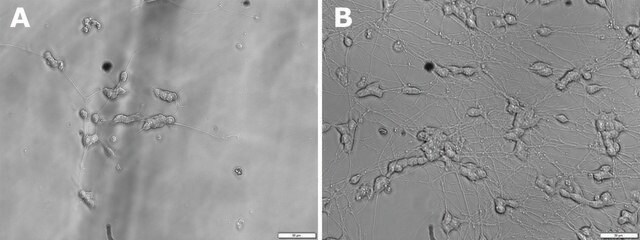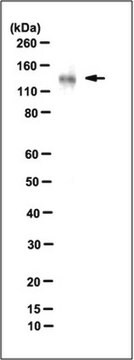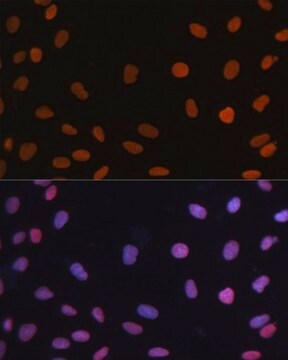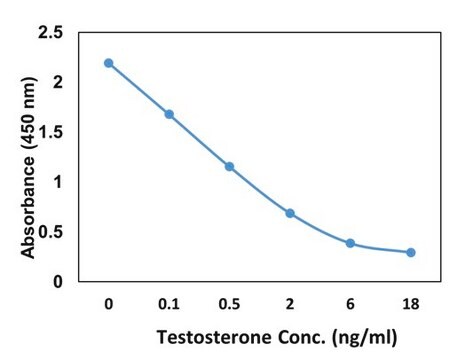F6796
Anti-Fibroblast Growth Factor Receptor-2, Extracellular antibody produced in rabbit

affinity isolated antibody, buffered aqueous solution
Sinonimo/i:
Anti-FGFR-2
About This Item
Prodotti consigliati
Origine biologica
rabbit
Livello qualitativo
Coniugato
unconjugated
Forma dell’anticorpo
affinity isolated antibody
Tipo di anticorpo
primary antibodies
Clone
polyclonal
Stato
buffered aqueous solution
PM
antigen 115-125 kDa (doublet)
Reattività contro le specie
human
Confezionamento
antibody small pack of 25 μL
Convalida avanzata
recombinant expression
Learn more about Antibody Enhanced Validation
tecniche
immunohistochemistry (formalin-fixed, paraffin-embedded sections): 1:1,000 using trypsin-digested, human and animal tissue sections
western blot: 1:2,000 using extract of FGFR-2 transiently transfected cells
N° accesso UniProt
Condizioni di spedizione
dry ice
Temperatura di conservazione
−20°C
modifica post-traduzionali bersaglio
unmodified
Informazioni sul gene
human ... FGFR2(2263)
Descrizione generale
Specificità
Immunogeno
Applicazioni
Azioni biochim/fisiol
Stato fisico
pH 7.4, containing 1% bovine serum albumin and 15 mM sodium azide
Nota sulla preparazione
Esclusione di responsabilità
Non trovi il prodotto giusto?
Prova il nostro Motore di ricerca dei prodotti.
Codice della classe di stoccaggio
10 - Combustible liquids
Classe di pericolosità dell'acqua (WGK)
WGK 2
Punto d’infiammabilità (°F)
Not applicable
Punto d’infiammabilità (°C)
Not applicable
Dispositivi di protezione individuale
Eyeshields, Gloves, multi-purpose combination respirator cartridge (US)
Scegli una delle versioni più recenti:
Possiedi già questo prodotto?
I documenti relativi ai prodotti acquistati recentemente sono disponibili nell’Archivio dei documenti.
Il team dei nostri ricercatori vanta grande esperienza in tutte le aree della ricerca quali Life Science, scienza dei materiali, sintesi chimica, cromatografia, discipline analitiche, ecc..
Contatta l'Assistenza Tecnica.